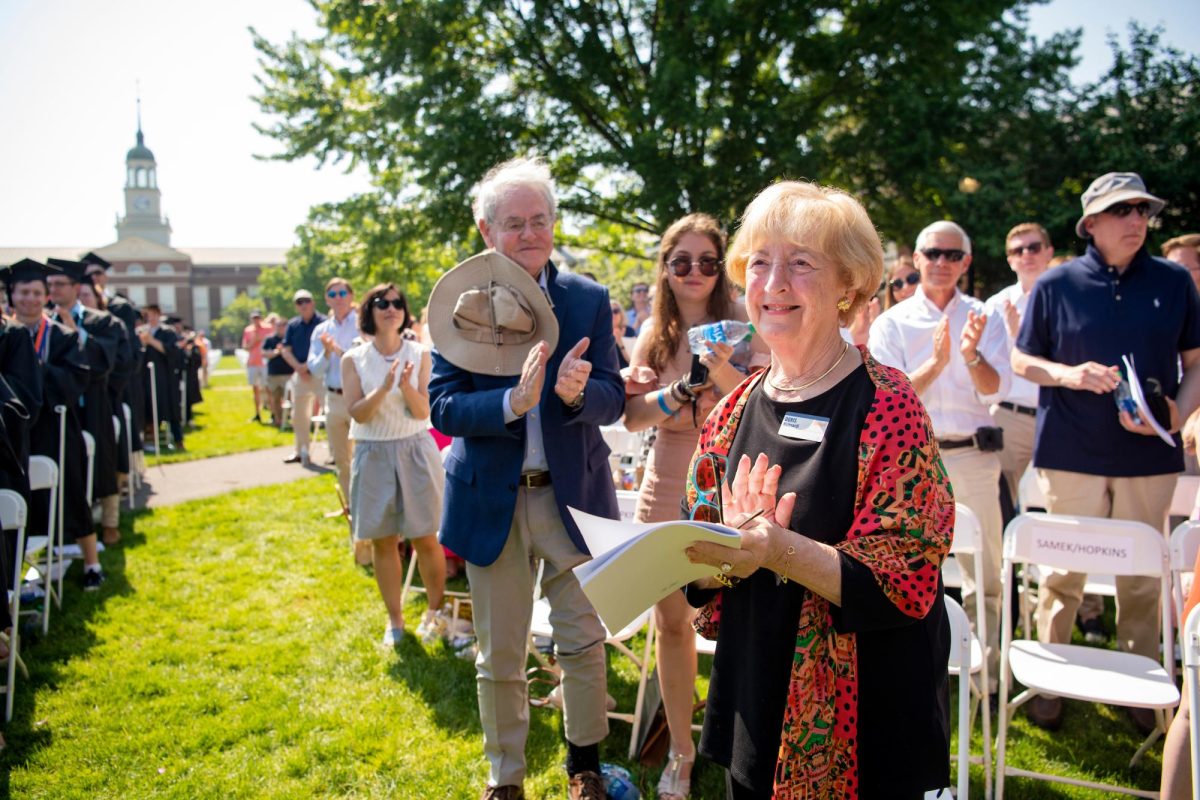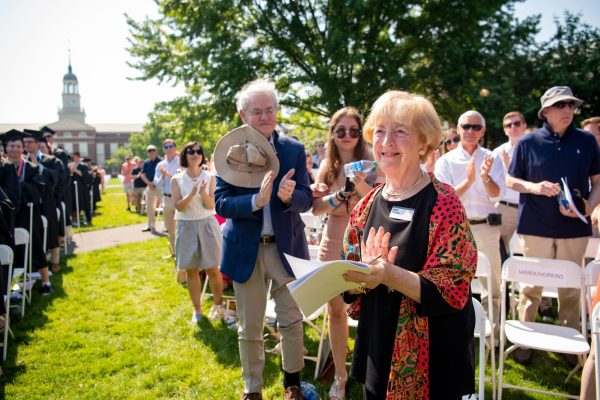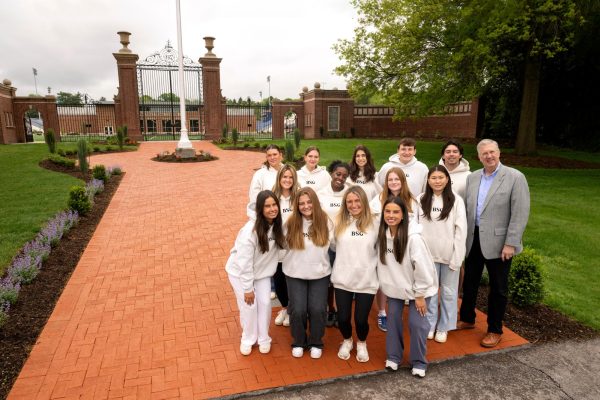Rural America leading forces in “making America great again”
November 17, 2016
The ballots are in, the votes have been cast, and the verdict is final—Donald Trump is the new president-elect, winning over Democratic candidate Hillary Clinton. While the country remains torn over the outcome, either fearing the future or celebrating his victory, the public, regardless of party affiliation, seems to question how he won the election. Trump’s victory was seemingly determined by votes of the middle and working class. Namely, the disenfranchised portion of the population, often rural, with little access to healthcare and education, who live in poverty and are fed up with the current political and economic structure, voted for the change they believed Trump would provide them.
Trump’s recognizable “Make America Great Again” campaign seemed to resonate with the blue collar workers of America. Just look on a map of the election results where the nation is painted a sea of red to see proof of this. Trump made promises to these individuals in an effort to address their struggles and subsequently gained their support. His vows to cut taxes, create jobs‚ and restore the economy were all a part of the blue-collar “Make America Great Again” national appeal.
There are other factors involved in Trump’s ability to appeal to this voter population that secured his victory. Trump’s victory was not as much about swaying voters who were on the fence as it was motivating the moderate, registered voters to go out on Election Day and cast their votes. For example, Trump spent time campaigning in small-town North Carolina, a state he secured through obtaining moderate individuals’ votes. These voters, the farmers and factory workers of America, were sick of the lack of action in Washington and wanted their voices heard. They saw Trump as the man to answer that call.
In addition to Trump’s economic policies, many of his voters supported the Republican candidate’s social and moral views. Socially pressing issues debated between Trump and Clinton throughout their respective campaigns, such as same-sex marriage, abortion, and civil rights, led Christian voters to side with Trump as his stances aligned more closely with their traditional values. Individuals rallied behind Trump’s ability to “tell it like it is,” giving him the support and ultimately the votes he needed to win the election.
These factors, in conjunction with the Electoral College system, culminated in Trump’s victory. Despite the clear divide between Trump supporters and Clinton supporters, it is my hope that anyone who walks outside feels able to overcome their fears so that our nation can progress and move forward together. Isn’t that how we, as Americans, measure our country’s success in the first place?





















